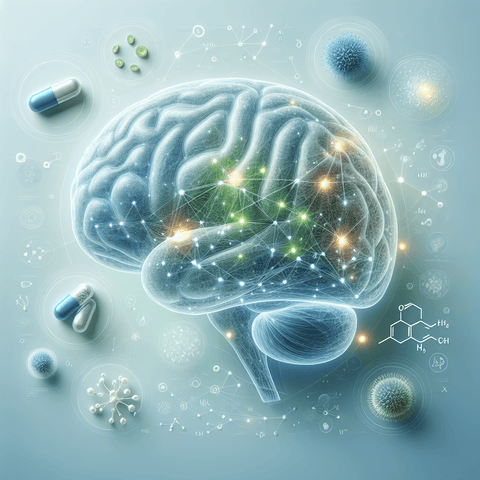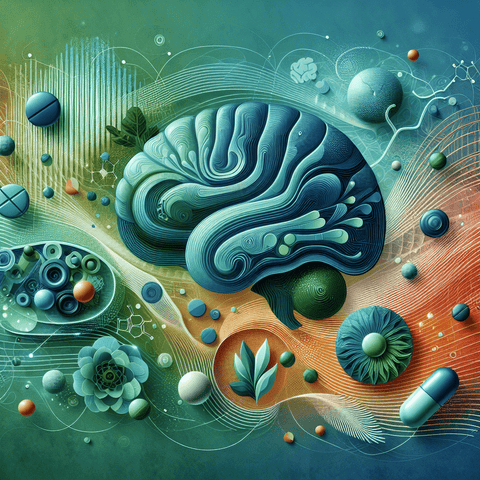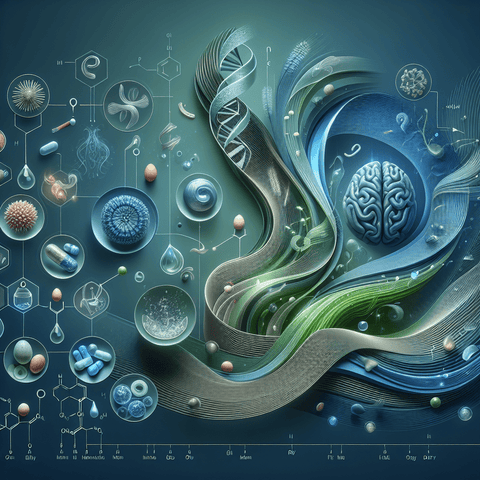Energy metabolism is the study of how the body converts substrates into the chemical energy that powers every move. At the heart of this process is ATP, the cell’s energy currency, produced mainly in mitochondria—the tiny powerhouses inside cells. By following the fate of electrons and carbon skeletons, we can trace how energy flows from the initial chemical reactions to useful work in tissues, muscles, and nerves. This page offers simple explanations and a steady path from basic concepts to a functional mental model of energy metabolism. Most of energy metabolism unfolds through a sequence of stages: glycolysis in the cytosol, where sugars are split and a small amount of ATP and NADH is produced; pyruvate oxidation and the TCA cycle inside mitochondria, which extract more energy-rich electrons; and oxidative phosphorylation in the inner mitochondrial membrane, where the electron transport chain uses those electrons to pump protons and drive ATP synthesis. The electron carriers NADH and FADH2 born in earlier steps feed energy into the chain, while ATP synthase turns the flow of protons into ATP. The whole system is a coupled network, with rate and yield depending on the availability of substrates, enzymes, and energy balance. Regulation is a central theme: enzymes act as gates that adjust the pace of energy metabolism in response to cellular needs, and high-energy charge (high ATP relative to ADP and AMP) can slow reactions, while rising demand lifts the pace. Across the pathways, catabolic steps harvest energy; anabolic steps use energy to build larger molecules. The same pathways are connected to other cellular processes, forming an integrated metabolic web that adapts to changing conditions. Practical tips to explore energy metabolism interactively: sketch a simple diagram tracing the flow of energy from initial substrates to ATP, labeling key steps; compare the roles of glycolysis, the TCA cycle, and oxidative phosphorylation using a narrative flow; use analogies like a multi-stage power plant to remember the sequence; rehearse explaining energy metabolism aloud to someone else to test your understanding; and explore digital simulations or animations that illustrate how changes in enzyme activity or substrate availability affect the overall output. These ideas help you deepen your understanding of energy metabolism and connect theory with observable patterns.






